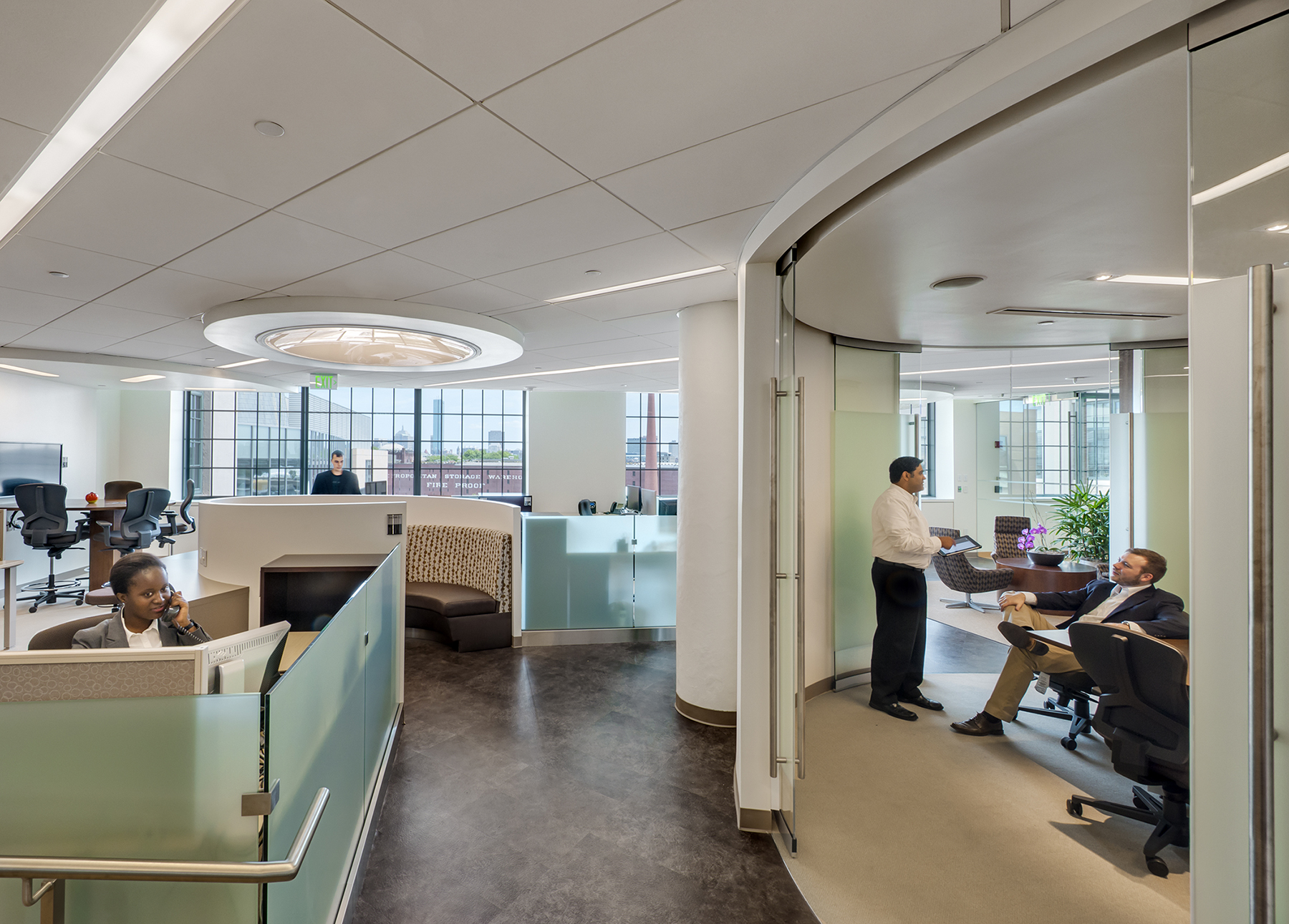How Millennials Like to Work
By 2020, Millennials are expected to make up half the workforce—more than all other generations combined.
By Anna Spiewak, Senior News Editor
Gone are the days when banks, drugstores, dry cleaners and shoeshine stands were the favorite ground-floor amenities in big-city office buildings. They’ve been replaced with cafes, restaurants and other retail amenities. Much of that can be credited to young workers born between the mid-1980s and the early 1990s. For better or worse, Millennials are exerting a profound influence on the workplace.
Part of this change is a matter of sheer numbers. By 2020 Millennials are expected to make up half the workforce, more than all other generations combined, noted Todd Burns, president, JLL Project and Development Services. “The loudest voice in the demand pool is the younger generation,” Haril Pandya, principal at CBT Architects, told Commercial Property Executive. “With Millennials’ access to social platforms, people are becoming more aware of what those demands are.”
And the demands are loud and clear: high ceilings, flexible configurations, sustainable features and open floor plans to encourage collaboration. As for amenities, Millennials favor café/pantry areas, gaming rooms, and multipurpose rooms designed to promote employee health, fitness and focus, explained Scott Spector, principal at the Spector Group, a New York City-based architecture, interior design and planning firm.
The younger set is also credited with helping reduce office vacancy, which has dropped 10.2 percent nationwide since the second quarter of 2011, according to JLL. Office owners and tenants alike are competing to accommodate Millennials’ much-discussed fondness for workplaces that offer open space and plenty of amenities. Tenants outlays for building out new space are declining in most major markets, as competing landlords are willing to pick up more of the tab. TI packages in central business districts typically range in value from $30 to $50 per square foot, according to JLL’s latest report on U.S. nonresidential construction.
Aside from their age, what makes Millennials’ expectations different? “They look at the workplace as part of their extended life, so it’s not about working 10 hours and then coming home and living your life,” Scott Boer, southern regional managing director for JLL’s Project and Development Services group, told CPE. Instead, work, play, family and friends form a continuum. Boer ticked off some other Millennial characteristics: Short on patience, but long on achievement; innovation valued more highly than rules and conventional thinking; and admiration for game-changers like Steve Jobs and Steve Zuckerberg. Boer and his team keep these qualities in mind as they work on one of the nation’s biggest corporate projects: Toyota’s 100-acre, 2 million-square-foot campus in Plano, Texas, slated for completion in 2017.
A proponent of sustainability, the automaker demands features like recycled carpeting and paints that do not emit harmful gases. “They [Toyota] realize that’s the next wave, the voice of the new proletariat that’s coming in,” Boer added. Construction and design professionals who haven’t gotten with the program are destined to play catch-up. Right behind the Millennials is Gen Z, whose members are starting to dip their toes into the workplace.“If you really want to be forward-thinking, you need to think about the next five years, not the last five years of office design and construction,” Pandya said. “But a lot of developers will not take those risks unless the market’s proven.”
Luckily, these workplace innovations offer cross-generational appeal. “The Millennials are just the tipping point rather than the destination,” Pandya concluded. “They’ve just started something that everyone’s physically seeing—the big shift in evolution [of] how we use space.”








You must be logged in to post a comment.